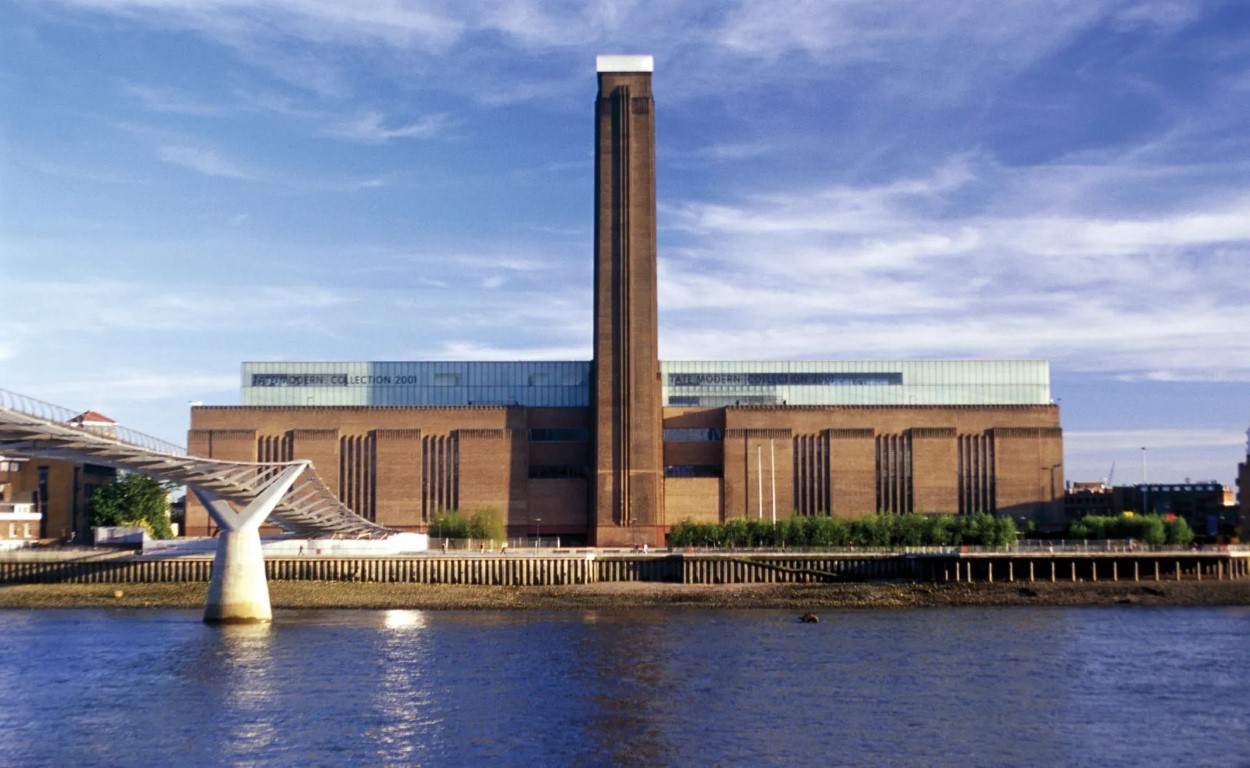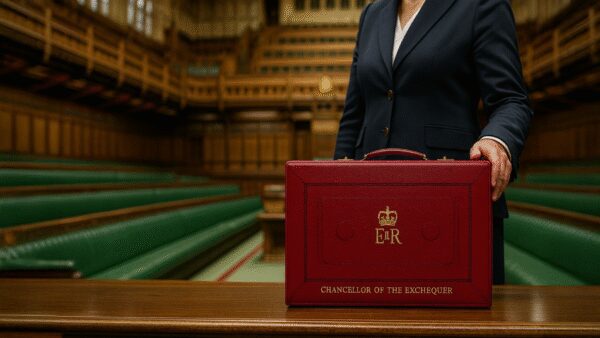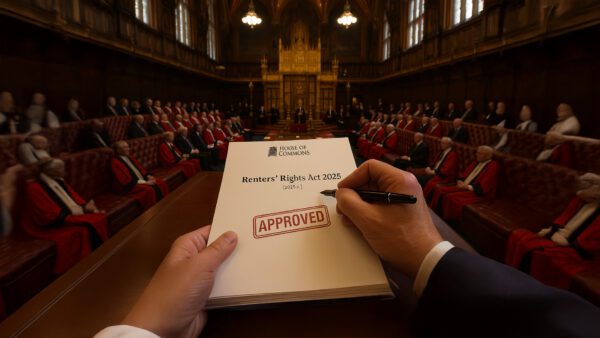The Tate Modern (“Tate”) welcomes millions of visitors each year and is one of the most visited attractions in the UK. It has been involved in a legal battle with the residents of neighbouring apartments for the past six years.
Last week, the Supreme Court handed down judgement in Fearn and Others v The Board of Trustees of the Tate Gallery. The case is of interest as the Court disagreed with the two lower courts’ ruling and found that the Tate had violated privacy and nuisance law.
This article provides the main aspects of the dispute and, most importantly, how it may impact developers in their future projects.
Background
The Tate’s neighbours claimed that the use of a 360° public viewing platform unreasonably interfered with their enjoyment and constituted a nuisance.
The High Court initially considered the scope of private nuisance and the Human Rights Act and determined that (i) the use of the viewing platform was reasonable and (ii) whilst intrusive viewing could potentially give rise to a claim in nuisance, the intrusion was not a nuisance because the claimants had glass walls and did not take steps to protect their privacy.
Although the Court of Appeal found the reasoning flawed, it nevertheless decided that this was more a privacy matter and ‘overlooking’, no matter how oppressive, could not constitute an actionable nuisance. The neighbours appealed to the Supreme Court.
The Decision
The Supreme Court held (by a 3-2 majority) that Tate has violated privacy and nuisance laws:‘this is a straightforward case of nuisance’ and visual intrusion can amount to nuisance. The Court found that there was substantial interference with the ordinary use and enjoyment of the apartment owners’ properties.
From a factual perspective, the Court found:
- The neighbours’ living areas were under constant observation from the Tate’s viewing gallery for much of the day, every day of the week, – ‘much like being on display in a zoo’;
- The number of spectators amounts to hundreds of thousands each year;
- Visitors frequently took photographs of the interiors of the properties and sometimes posted them on social media;
- The above points would reasonably be regarded by a homeowner as a material intrusion into the privacy of their living accommodation.
The Court however did not decide on the appropriate remedy for this nuisance and this element will be reconsidered by the High Court, if the parties are unable to reach a settlement.
The Future
At first blush, this decision could cause concern to developers who may fear for their future property development plans; like interferences with rights of light, might it require them to compensate those who could be affected? Indeed, the Court recognised that not only is there the potential for more claims as technology evolves (it is becoming easier to place neighbours under constant observation), but that it is not a defence to argue that a claimant can take reasonable steps to avoid the consequences of the nuisance (like putting up curtains).
However, we consider some comfort can be taken from the Court’s ratification of established principles and that the primary test for nuisance is whether land is being used for a common and ordinary purpose. The Tate’s viewing gallery failed this test, but it is doubtful that ‘ordinary’ residential and/or commercial developments (that merely overlook neighbouring land) would.
Notwithstanding this, the decision is a reminder that the categories of nuisance are not limited and that the law has the ability to protect privacy in the home. For this reason, property owners and developers should carefully consider the effect of future projects and may wish to obtain advice on the available options.
If you require advice on property-related issues, or any other type of dispute, then please contact our Dispute Resolution team.
Please note – this article does not constitute legal advice.









